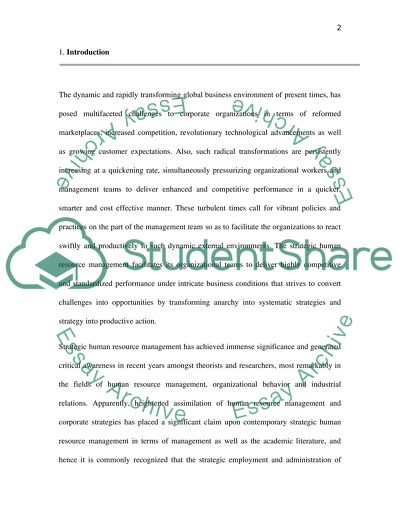Cite this document
(The Need for an Organisation's HR Function Term Paper, n.d.)
The Need for an Organisation's HR Function Term Paper. Retrieved from https://studentshare.org/human-resources/1554526-the-need-for-an-organisations-hr-function
The Need for an Organisation's HR Function Term Paper. Retrieved from https://studentshare.org/human-resources/1554526-the-need-for-an-organisations-hr-function
(The Need for an Organisation'S HR Function Term Paper)
The Need for an Organisation'S HR Function Term Paper. https://studentshare.org/human-resources/1554526-the-need-for-an-organisations-hr-function.
The Need for an Organisation'S HR Function Term Paper. https://studentshare.org/human-resources/1554526-the-need-for-an-organisations-hr-function.
“The Need for an Organisation'S HR Function Term Paper”. https://studentshare.org/human-resources/1554526-the-need-for-an-organisations-hr-function.


